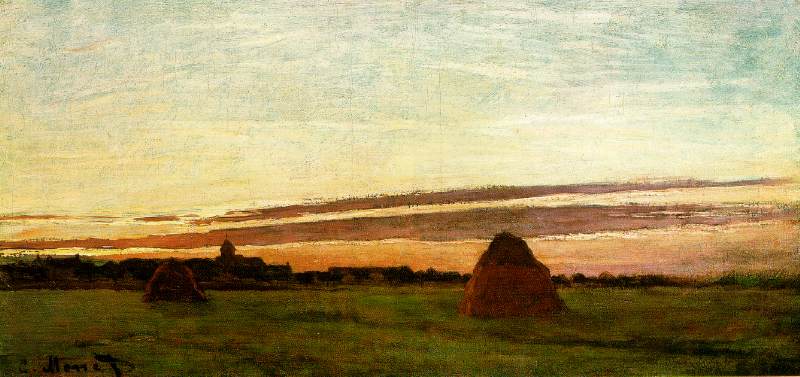I agree with both Romanticism and the Enlightenment. Through a perspective of purely unsentimental and will to live an effective life, the Enlightenment ideals has some really strong points. Sometimes as humans we really do need to think with our heads. Put our emotions aside so that we can do what is best for all people rather than perhaps what is most appealing in the emotionally gratifying sense. We sometimes have to give up what would make us feel good to make a decision that is better in the long run. That is part of life. This kind of thinking and reasoning comes from the Enlightenment. However, I do also agree that if life was pure reason and a mechanical rationale, then life would be dull. The ideas of the Romantics allow us to be more than a “machine”. They allow us to feel and to look at a beautiful picture of a mountain. When staring at that image, we can say to ourselves, “Wow isn’t that beautiful.” Then you feel good and happy even if just for a moment. Maybe, it would make you even want to visit that mountain and you save up and work hard so you can afford to travel and one day you final get to see that mountain in real life. This kind of thinking of the romantics allows us to get in touch with the beauty of the world. But just as travelling is fun, you must also have the reasoning and the drive to say that you are willing to work hard to afford a trip to a beautiful place. That is the Enlightenment, putting aside the unpleasant emotions that you get from having to work so that in the end you can discover something great. I believe that we need both Enlightenment and Romanticism in our lives to have a fulfilled and happy life.
Learning about these two movements impacted the way that I view our contemporary western culture because I see how much of both of these movements impact this culture. As a native San Diegan, I have been going to the museums that are in Balboa Park for my whole life. The Fleet Science Center, in Balboa Park, is a museum that shows the impact of the Enlightenment on our culture. In the Science Center, there are many examples of great discoveries that were found using the scientific method and it even emphasizes how important that method is. However, in the same park is the Museum of Art, which is completely opposite of the Science Center. Everything is focused on how beautiful and aesthetically pleasing art is. There is no explanation on the exact method and reasoning that the artists did to come up with their art. Rather, it shows how perspectives and color and paints and oils all come together to do one thing, make someone feel. Feel happy, feel sad, feel strong or feel weak. We as a culture have both museums, one on discovery and reason and another on feeling and emotions.
The most important take away from this class for me is really what I said above. I realizes that as someone who loves science and reason, I also need emotions and feelings in order to have a happy life. I actually decided to start getting into film photography as a way to get my mind off all the “school” and work stuff I do all the time. This allows me to have an outlet of creativity that makes me happy. (Even if my photos look terrible ha ha) This class really helped me put in perspective how important it is to have that balance.







